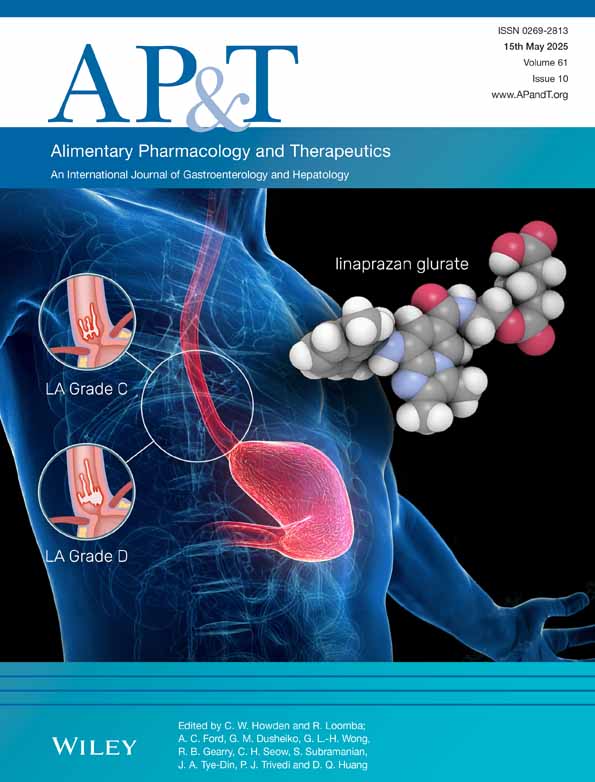Letter: Methodological Considerations in Comparing Liver Outcomes of Glucagon-Like Peptide-1 Receptor and Sodium Glucose Cotransporter-2 Inhibitors
Funding: The authors received no specific funding for this work.
Cheng-Hsien Hung and James Cheng-Chung Wei contributed equally to this work.
Editors,
We read with great interest the article titled ‘Glucagon-Like Peptide-1 Receptor Agonists and Liver Outcomes in Patients with MASLD and Type 2 Diabetes [1].’ This study provides valuable insights into the comparative liver-related outcomes of GLP-1 receptor agonists (GLP-1 RAs) and sodium glucose cotransporter 2 inhibitors (SGLT2is) in patients with metabolic dysfunction-associated steatotic liver disease (MASLD) and type 2 diabetes (T2D). While we commend their work, we offer the following suggestions to enhance the robustness of their findings:
First, the study includes patients from 2010, whereas SGLT2 inhibitors were first introduced in 2013, with canagliflozin being the first approved drug in this class [2]. This timeline discrepancy introduces the potential for time-related bias, as early years of the study cohort predominantly include GLP-1 RA users. Such bias may affect the comparability of the two groups, particularly as advancements in MASLD management and diagnostic practices occurred during this period. A sensitivity analysis limiting the cohort to patients treated after 2013 would help clarify whether the observed differences are driven by this temporal imbalance.
Secondly, SGLT2 inhibitors are widely recognised for their cardiovascular benefits, particularly in heart failure [3, 4], and have been used to reduce the risk of cardiovascular death and hospitalisation in patients with heart failure. Heart failure is closely associated with liver disease through mechanisms such as hepatic congestion and is also linked to ischaemic injury.
Lastly, while propensity score matching effectively balances many baseline characteristics, unmeasured variables, such as lifestyle factors (e.g. diet and physical activity) and the concurrent use of hepatoprotective medications (e.g. silymarin [5]), remain unaddressed. These variables could significantly influence the observed outcomes. Performing sensitivity analyses to account for the potential impact of these unmeasured confounders would enhance the robustness and reliability of the study's findings.
In conclusion, while this study provides meaningful insights into liver outcomes associated with GLP-1 RAs and SGLT2is, addressing the aforementioned limitations would further strengthen the validity and clinical applicability of its conclusions.
Author Contributions
Cheng-Hsien Hung: writing – original draft. Chun-Ting Lin: writing – review and editing. James Cheng-Chung Wei: writing – original draft.
Conflicts of Interest
The authors declare no conflicts of interest.
Linked Articles
This article is linked to Kuo et al paper. To view this article, visit https://doi.org/10.1111/apt.18502.
Open Research
Data Availability Statement
Data sharing not applicable to this article as no datasets were generated or analysed during the current study.




